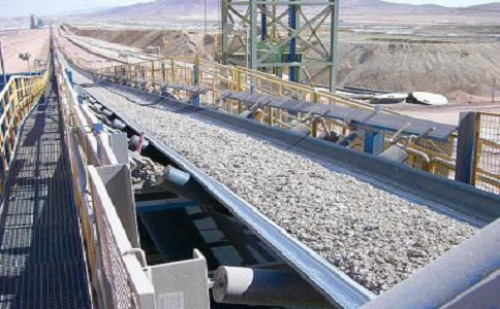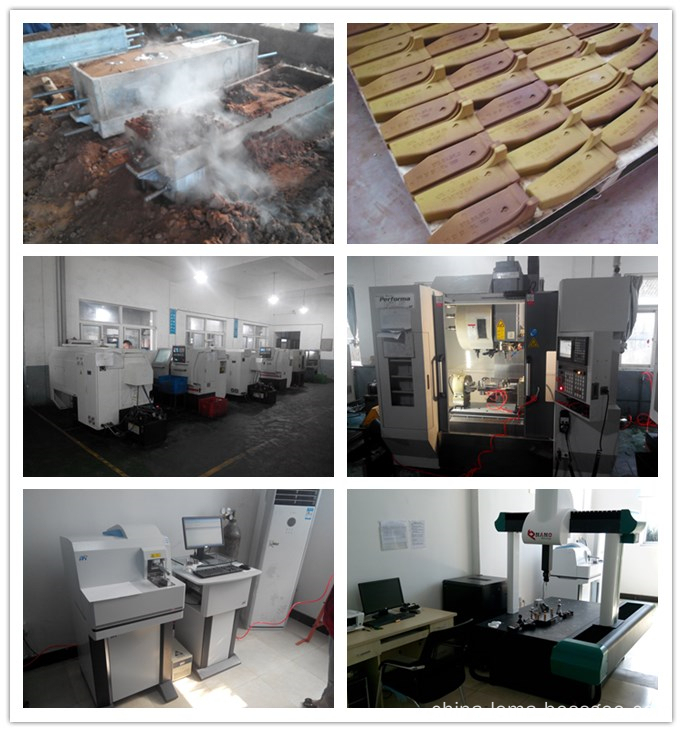Introduction: Belt conveyors, also known as belt conveyors, are continuous conveyors used to transport various materials horizontally or obliquely. Belt conveyors are widely used in metallurgy, mining, coal, and chemical industries due to their simple structure, large volume, easy maintenance, low cost, and versatility.

The reasons for belt runaway during belt conveyor use are summarized as follows:
1, tape quality and connection problems
The tape used in the manufacture of the material is not uniform or has undergone aging deformation, edge wear, coupled with the center of the joint re-produced after the conveyor belt is damaged, so that the tension on both sides of the conveyor belt are inconsistent and lead to deviation.
2, tape loose or conveyor belt tension is insufficient
After running for a period of time, the tape will cause permanent deformation of the tape stretching, and the tension of the tape will also decrease. This will cause the tape to loosen and the uneven force will cause the tape to run out. Another phenomenon is that the tape machine is not loaded or When the load is small, it will not run out, but the tape machine will run off when the load increases. This phenomenon is due to the small tension of the tape, and the tensioning device is an effective device to ensure that the conveyor belt always maintains sufficient tension. Tight enough, the stability of the belt conveyor is very poor, the greater the influence of interference by external forces, slipping phenomenon occurs in serious cases.
3, rack, roller skew, roller axis and the center line of the conveyor belt is not vertical
Since the axis of the drive roller is not perpendicular to the centerline of the tape when the head or the tail is installed, the centerline of the head and the tail is not on the same line, or the idler is not perpendicular to the centerline of the conveyor, the traction force is split into one. Bend the tape laterally. Rack skew includes high and low tilts on both sides of the rack and skew of the centerline, causing serious deviations that are difficult to adjust.
4, blanking points caused by improper tape deviation
Since the tapes at the receiving areas are mostly grooved and the blanking point is not correct, the material will fall on one side of the tape. Due to the tilt of the side rollers, the material gravity can be decomposed into a pressure on the tape and a tape width direction. The force, this force along the width of the tape can easily cause the tape to run off.
5, running deviation caused by vibration
The mechanical vibration of the belt conveyor during operation is unavoidable. The higher the running speed of the belt is, the greater the vibration will be and the larger the belt deviation will be. In the belt conveyor, the vibration caused by the radial runout of the idler has the greatest impact on the belt runout. In actual use, we need to eliminate the deviation of the tape for different situations.
Aluminum sand casting production technology process:

The precision of the Aluminum sand casting: ±1mm;
Smoothness of surface of rough part: Ra6.4;
Shrinkage rate of aluminum sand casting products: 2%;
Material wastage rate: 7%;
General aluminum sand casting machining allowance: 2mm~3mm;
Surface preparation methods: Sand blasted, Shot blasting, Powder coating, Painting, Plating, Electrophoresis, Polishing.
Advantages and disadvantages of aluminum sand casting part:
Generally use wooden and aluminum mold, far cheaper than metal mold casting mould. The price advantage is particularly prominent in small batch and bulk production. But the production efficiency is low; Low dimension accuracy of castings, the surface is rough.
The production of aluminum sand casting parts

Aluminum Sand Casting Part, Aluminum Foundry Casting Part, A356 Sand Casting Part, ZL101 Sand Casting Product, Aluminum Sand Cast Part, A356 T6 Sand Casting
NINGBO BEILUN LEMA MACHINERY TECHNOLOGY CO.,LTD , http://www.china-lema.com
